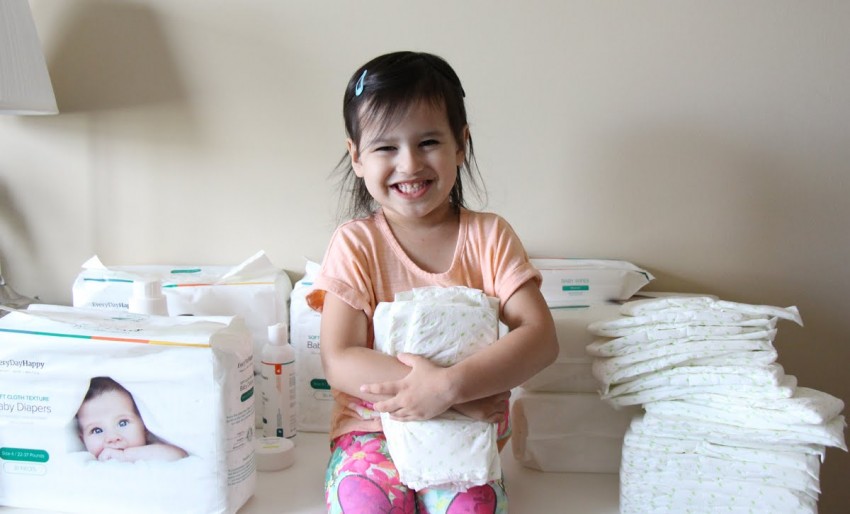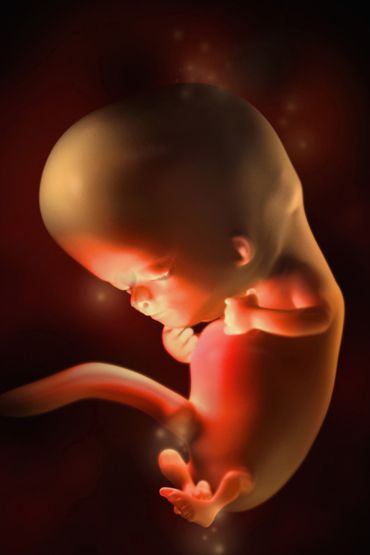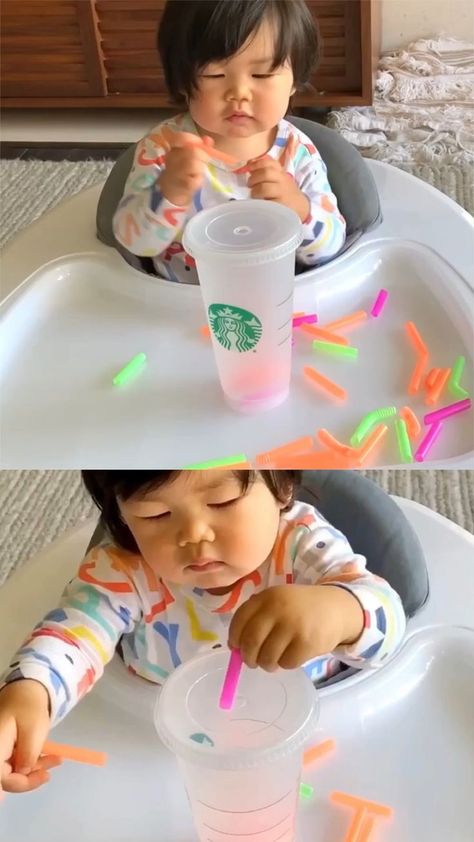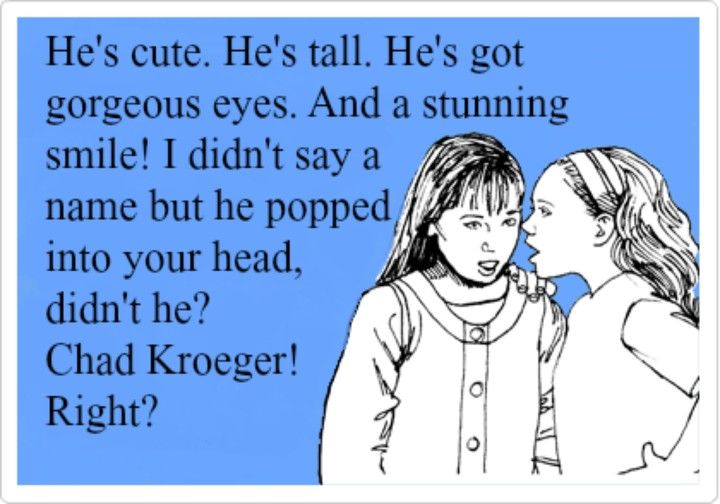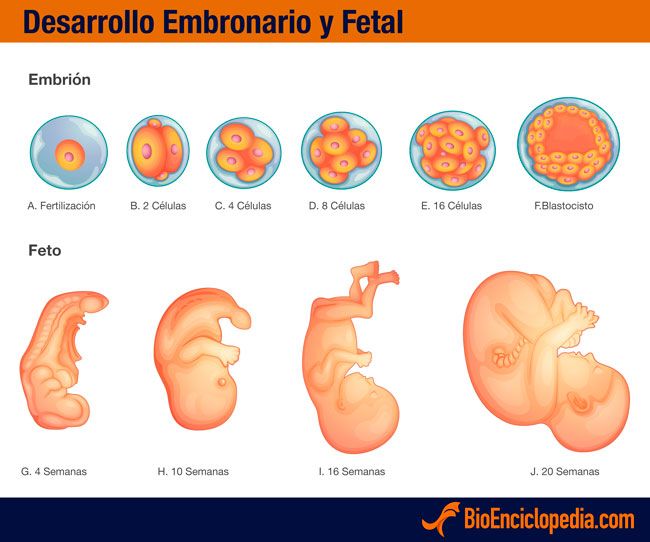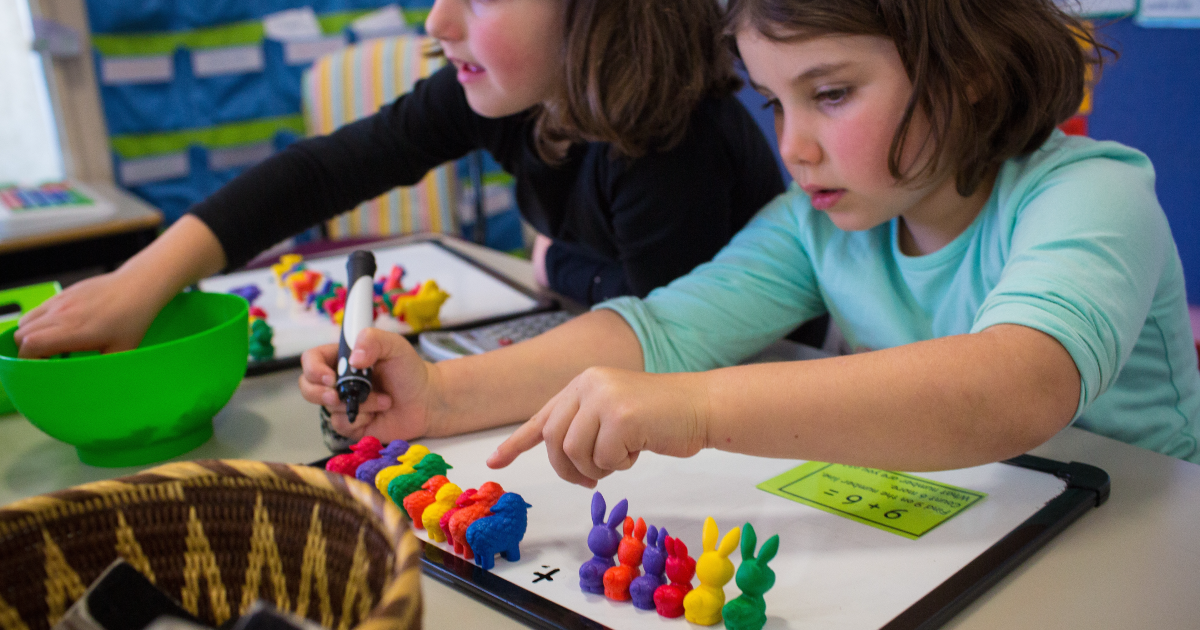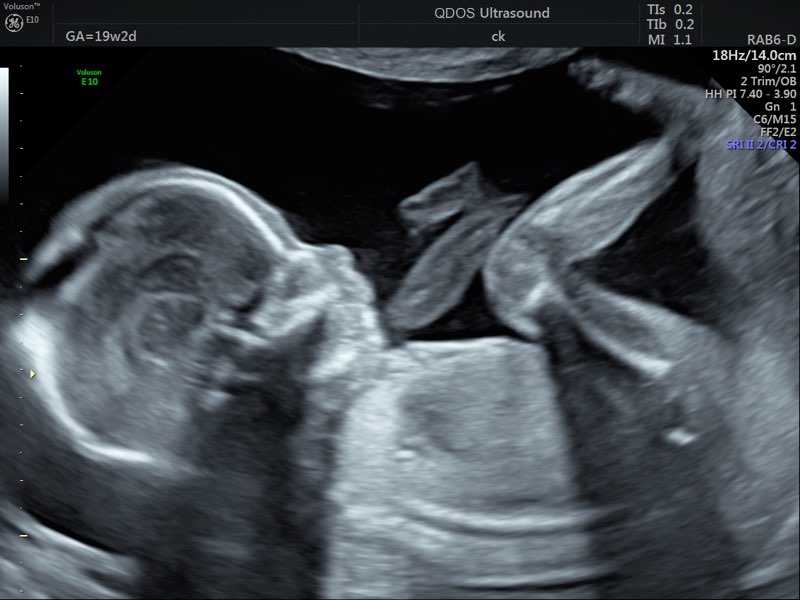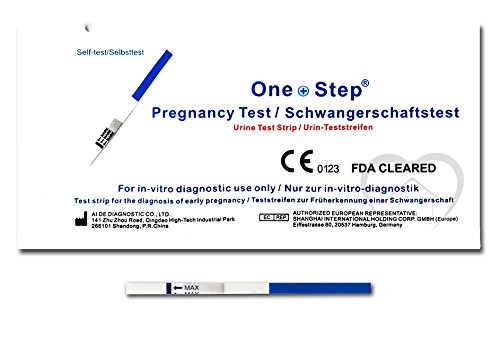How to diaper an older child
The Best Pull-Ups for Older Bedwetters
This post may contain affiliate links; please see our terms of use for details.
- Pull-ups usually come in sizes that fit toddlers weighing from 15 to 50 pounds, but it is possible to find pull-ups in larger sizes.
- It’s very common for kids to be fully potty trained during the day but continue to wet the bed at night.
- Generally, children can stay dry overnight by age five or six, but some may take longer, particularly children with special needs.
Moving from diapers to pull-ups or training pants is a big step in your child’s potty training journey and it often feels like the final hurdle before you’re finally using regular underwear. So why is it that sometimes even older kids still need to rely on pull-ups?
There can be many reasons why your older toddler and even preteen may still need pull-ups. While most kids will be fully potty trained by three to four years old, many kids will continue having trouble staying dry at night until they are six or even up to ten or eleven years old.
Best Overall
Most Environmentally Friendly
Best for Girls
Curity Youth Pants
Dyper Bamboo Toddler Training Pants
Prevail Proven Protective Underwear
$41.12
Price not available
$49.99
Buy on Amazon
Buy on Amazon
Buy on Amazon
Best Overall
Curity Youth Pants
$41.12
Buy on Amazon
Most Environmentally Friendly
Dyper Bamboo Toddler Training Pants
Price not available
Buy on Amazon
Best for Girls
Prevail Proven Protective Underwear
$49.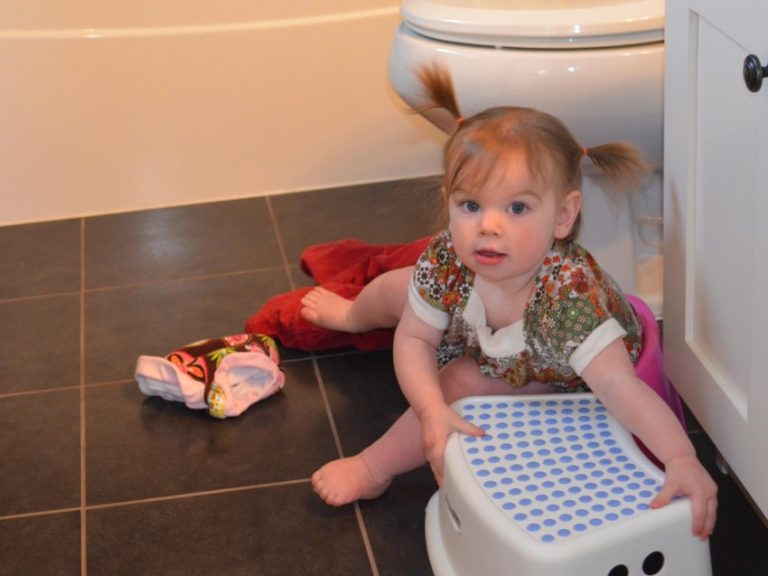 99
99
Buy on Amazon
Potty training children with special needs brings its own complications, with some older children with disabilities staying in pull-ups up through adulthood.
With so many older children requiring at least some time in pull-ups after the age of six, why is it so hard to find good large-sized pull-ups? The answer is that it isn’t really that difficult; you just need to know where to look!
The Best Pull-Ups For Big Kids (35-65 lbs)
Natural Blossom Easy Pull-up Diaper Pants (fits 37+ lbs)
Natural Blossom Easy Pull-up Diaper Pants
- Perfect for new moms and dads whose toddler is very active, starting to crawl and flip. Underwear-like designed with a back tape for easy disposal.
- 2mm ultra-slim diaper pants, comfortable fit for baby. Made by SSS grade soft fabric results a gentle touch for your baby’s sensitive skin. No more irritation.
- 500ml absorbency using premium SAP for maximum effectively used day and night.
 Consists a breathable film layer to quickly release the heat outcome within urine, keep your baby’s dry all day.
Consists a breathable film layer to quickly release the heat outcome within urine, keep your baby’s dry all day. - Made of Zero/Anti-Clumping mesh sheet material! Leak protection, less skin rashes and baby’s discomfort due to seized SAP inside mesh sheet.
These underwear-like diapers are designed to be easy to dispose of, have a comfortable fit, and use premium absorbent material. They are made of anti-clumping mesh sheet material for leak protection and are perfect for kids with sensitive skin who are prone to rashes.
The big plus for Natural Blossom pull-ups is that they are really very soft and thinner than most pull-ups, while still maintaining absorbency. They are also certified vegan with no animal materials or testing.
Dyper Bamboo Toddler Training Pants (fits 38+ lbs)
Dyper Bamboo Toddler Training Pants
- BETTER FOR YOUR BABY: Experience natural plant-based disposable training pants designed for sensitive toddler skin.
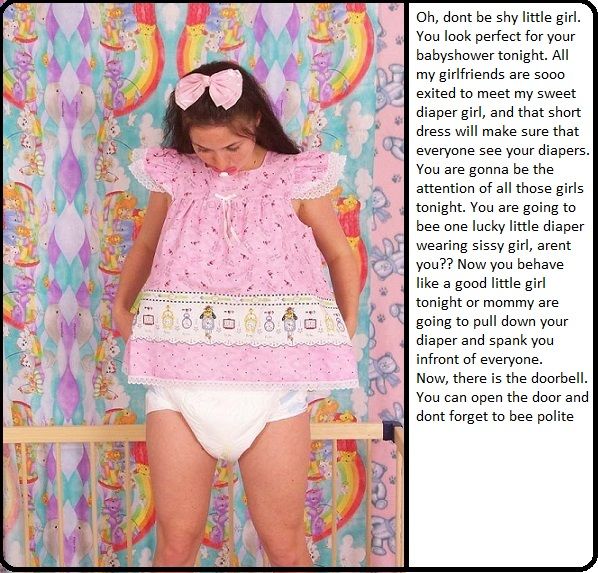 Outer and inner layers made with 100% Bamboo Viscose for improved comfort, superior wicking, and maximum fluid retention.
Outer and inner layers made with 100% Bamboo Viscose for improved comfort, superior wicking, and maximum fluid retention. - STRETCHY, SOFT, COMFORTABLE: Ultra soft to the touch, absorbent, and thoughtfully made with honest, clean & pure ingredients. They feel more like yoga-pants than conventional diapers with an almost underwear like fit.
- ABSORBENT, SAFE, VERSATILE: Certified to the highest OEKO-TEX consumer safety standards. Great as a cloth diaper alternative, for potty training boys & girls, nighttime protection, and swaddler time. Defend against leaks with a secure fit that’s easy to pull up and slide off.
- PLANT-BASED & ECO-FRIENDLY: Our infant training pants are parent’s choice because they are non-toxic and are free of chlorine, latex, alcohol, perfumes, PVC, lotions, TBT, parabens, sulphates, & phthalates. They are unprinted, unscented, hypoallergenic, and cruelty-free to protect the next generation.
Dyper Bamboo training pants are an environmentally friendly certified biobased product and also known for being luxuriously soft. They do run a little large, which is perfect for parents looking for overnight pull-ups for bigger kids.
They do run a little large, which is perfect for parents looking for overnight pull-ups for bigger kids.
The rip apart sides can be a bit tough to pull, but that also means they don’t tear accidentally when your child is wearing them. The 360˚ elastic waistband is a huge plus too!
Seventh Generation Toddler Training Pants (fits 38+ lbs)
Seventh Generation Toddler Training Pants
- Weight Recommendation: 38+ Pounds.Training pants made for toddler’s sensitive skin, great for boys or girls
- Absorbent core ready for life’s surprises. Stretchy, tear-away side panels let you adjust the fit for a perfect
- Contains 0 percent chlorine bleaching, lotions, or fragrances
- Fits like big kid underpants: Easy to tell front from back and tear away side panels allow for a quick, easy change
The stretchy absorbent core of the Seventh Generation training pants will keep your child dry and comfortable. These pull-ups also have 0% chlorine bleaching, lotions, or fragrances to irritate sensitive skin. They fit like regular underwear with rip apart side panels for easy changing.
These pull-ups also have 0% chlorine bleaching, lotions, or fragrances to irritate sensitive skin. They fit like regular underwear with rip apart side panels for easy changing.
Of course, all of Seventh Generation’s products are also known for being environmentally friendly and the company focuses on using renewable energy and sustainable manufacturing.
Pampers Easy Ups Training Pants (fits 41+ lbs)
Pampers Easy Ups Training Pants
- Please confirm the size before purchasing. Inapproriate size may lead to leakage issue or can cause rashes”
- Soft and comfy, underwear-like fit
- Easy changing with Easy-Tear Sides
- 360 stretchy waistband for easy pull up and down
Pampers Easy Ups are soft and comfortable and just as absorbent as Pampers diapers. They do have a waistband made with gentle elastics and are considered almost leakproof with their dual leak guard barriers.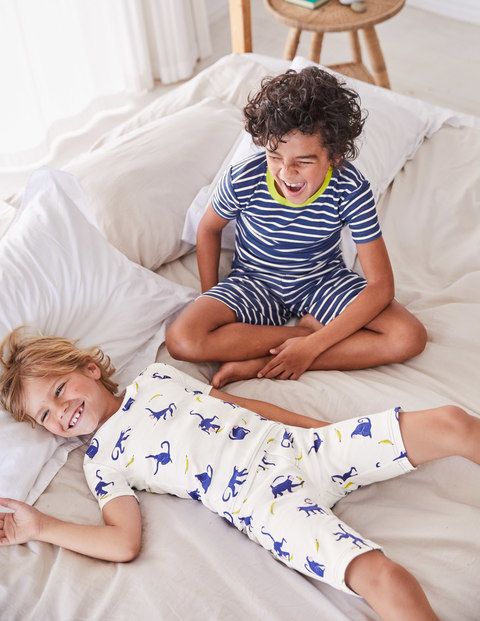 As with other Pampers products, they are great at keeping moisture away from skin, which helps to avoid rashes and irritation.
As with other Pampers products, they are great at keeping moisture away from skin, which helps to avoid rashes and irritation.
Pull-Ups New Leaf Training Underwear (fits 38-50 lbs)
Pull-Ups New Leaf Training Underwear
- Clinically proven hypoallergenic training pants made without harsh ingredients
- Cottony-soft, gentle & breathable pant material with high absorbency and up to 12 hours of Pull-Ups’ trusted leak protection
- Super soft, refastenable sides with an adjustable waistband that provides a comfy & secure fit and allows for easy changes on-the-go or at home
- Underwear like design that looks, feels, & fits like underwear with easy up & down motion to promote learning and Big Kid independence
Huggies Overnight Pull-Ups have some of the best-designed tearable sides that are easy to pull apart and also refastanable. The New Leaf style of Huggies pull-ups is made with 28% plant-based materials, but is just as soft and absorbent as regular Huggies Overnight Pull-Ups.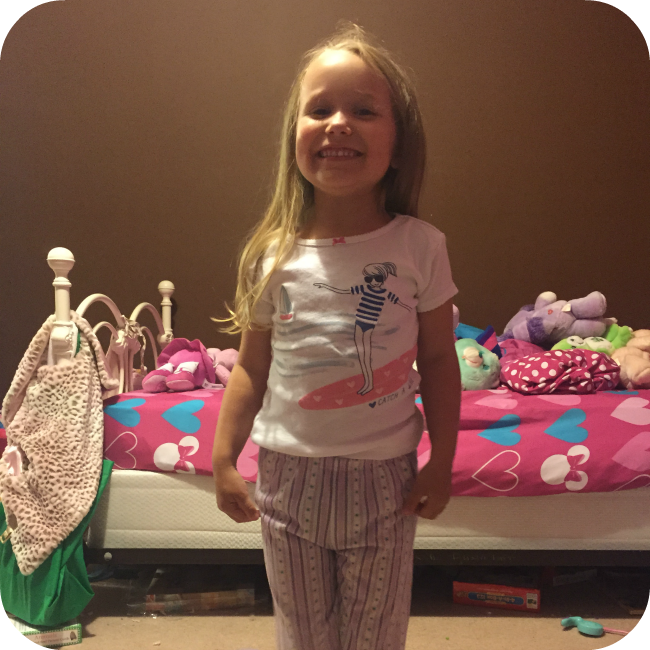 The material is also breathable, which is good for kids with sensitive skin.
The material is also breathable, which is good for kids with sensitive skin.
GOO.N Plus+ Pants (fits up to 55 lbs)
GOO.N Plus+ Pants
- GOO.N Plus+ is a diaper designed for sensitive skin that prevents irritation and does not dry the baby’s skin.
- Soft fit – Gently fits the shape of the baby’s stomach. It will not leave diaper marks and does not leak.
- Smooth texture – The surface is gentle on the baby’s skin and hardly rubs.
- Fluffy and comfortable fit – The diaper is designed for comfort. It prevents the skin from becoming sore and red and does not leak.
GOO.N training pants are imported from Japan and families who use them absolutely love them. They provide dual leak guards and are specially designed to protect your child’s skin from irritation by offering a fluffier material than other pull-ups. GOO.N pants have an ultra-absorbent core and fit snuggly around the legs to prevent leaks.
The Best Pull-Ups For Bigger Kids and Adults (65-190 lbs)
Curity Youth Pants (fits 60-125 lbs)
Curity Youth Pants
- Unisex design for easy use–sized comparable to Goodnites with better absorbency
- Ideal for youths that have outgrown toddler training pants or need heavier protection
- Feature a tear-away side seam on the waistband for quick and easy garment changes.
- Fits Weights 65 to 85 pounds, Absorbency: 15 oz.
Curity Youth Pants are made to be worn all day by older children who need leak protection during the day as well as overnight. They are designed with tear-away sides and are very absorbent. Curity does not come in boy and girl styles, but even their unisex design fits very well.
We have been using Curity pull-ups for years now and find them to be a great choice for an older child who still needs day and night time protection, but is also in the process of toilet training.
Pampers Ninjamas Disposable Underwear, XL (fits 64-125 lbs)
Pampers Ninjamas Disposable Underwear, XL
- Ninjamas Products are now HSA-/FSA-Eligible in the US with a Letter of Medical Necessity (LMN)
- Exclusive Pampers LockAway Channels absorb wetness quickly & evenly for powerful protection and dryness
- OdorMask Technology conquers bed-wetting odors continuously for freshness throughout the night
- FormFit Waistband flexes and stretches to fit older kids best with sleek 360° design
Ninjamas are designed to be worn as overnight pull-ups for big kid bedwetters, but their bigger sizes make them good choices for older kids who need to wear pull-ups during the day as well. They have a very similar feel to cotton underwear and also offer fresh odor control, making them more discreet than some other overnight diapers.
SleepOvers by Cuties (fits 85-140 lbs)
SleepOvers by Cuties
- ABSORBENT & COMFY: Stretchable side panels move with the body & maintain a snug fit, while a flexible, ultra-absorbent core locks in wetness & provides effective leakage protection both day & night.

- SOFT & HYPOALLERGENIC: Made from cottony soft materials free of latex, fragrance, dyes & chlorine, SleepOvers feature a hypoallergenic inner liner enriched with aloe, botanicals & vitamin E.
- COMPLETE CARE FOR SENSITIVE SKIN: Thoughtfully designed. Responsibly made. Incredibly soft. Our training pants are soft, absorbent & safe because they’re going on your child’s sensitive skin.
- OUR SKINSMART PROMISE TO YOU: With our products, every decision we make is designed to help protect the health of your child’s sensitive skin, from preemie to newborn to toddler & beyond!
SleepOvers are one of the best pull-ups for older bedwetters and are often worn by kids with medical needs who require leak protection even as they grow older. SleepOvers can fit older children up to 140 lbs. They are made with skin smart fabric and really do fit very well.
Goodnites Nighttime Bedwetting Underwear, XL (fits 95-140 lb)
Goodnites Nighttime Bedwetting Underwear, XL
- Extra-large size provides a comfortable fit for older kids with super stretchy waistband & soft, underwear like fit for all body shapes
- Nighttime bed wetting pants provide outstanding protection, plus discreet odor absorption that allows your child to worry less about the mess
- 5 Layer Protection with extra absorbency and reinforced Double Leg Barriers to help prevent leaks
- The #1 Nighttime Underwear* brand that has helped more than 10 million kids manage overnight bed wetting
Goodnites are intended to be worn as overnight pull-ups and boast night lock technology, but as with all overnight pull-ups can also be worn during the day until your child has mastered potty training.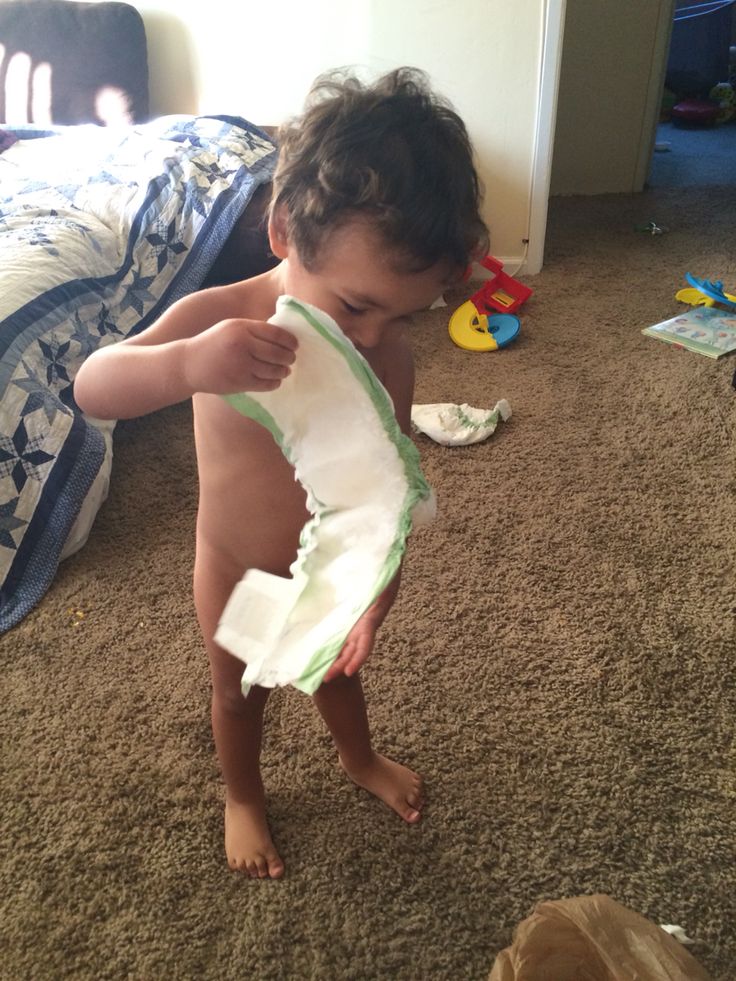 Goodnites bedwetting underwear have exceptional odor locking absorption, five layers of protection, and double leg barriers. You’ll often see them listed on the best pull-ups for older bedwetters.
Goodnites bedwetting underwear have exceptional odor locking absorption, five layers of protection, and double leg barriers. You’ll often see them listed on the best pull-ups for older bedwetters.
Prevail Proven Protective Underwear (fits 115-190 lbs)
Prevail Proven Protective Underwear
- Please confirm the size before purchasing. Inapproriate size may lead to leakage issue or can cause rashes”
- Soft lavender
- Extra absorbency
- Fits Waist 28-Inch-40-Inch
Prevail Protective Underwear offers multiple sizes and can actually fit up to 300 lbs. They provide more absorbency and leakage protection than other pull-ups and can be found in both women’s and unisex styles. Many adult women who require leak guards refer to Prevail as their own personal preference.
McKesson Disposable Underwear (fits waist 40″ – 54″)
McKesson Disposable Underwear
- Inner leg cuffs help to avoiding leaks and allow flexible freedom of movement while a soft, cloth-like flex stretch waist helps to provide a comfortable, discreet fit that stays securely in place
- A premium acquisition layer rapidly absorbs fluids into the core for further leak avoiding and confidence throughout daily activities
- Advanced dual-core performance keeps wetness locked away so skin stays dry, comfortable and healthy
- This protective underwear offers premium odor control for reliable discretion, avoiding odors at the source before they have an chance to form
McKesson Disposable Underwear are sold by waist sizes and can actually go up to 68 inches in their largest size. Like most pull-ups, McKesson offers tear-away sides and are easy to pull up and down. They absorb fluid quickly to avoid a wet feeling against the skin and are great for a heavy wetter who still wears pull-ups.
Like most pull-ups, McKesson offers tear-away sides and are easy to pull up and down. They absorb fluid quickly to avoid a wet feeling against the skin and are great for a heavy wetter who still wears pull-ups.
LivDry Adult Incontinence Underwear (fits waist 40″ – 54″)
LivDry Adult Incontinence Underwear
- ✔ ADULT PROTECTIVE UNDERWEAR- LivDry offers protective underwear women and men need when experiencing bladder leaks or loss of control. These super absorbent incontinence products are designed for maximum comfort with ultimate protection in mind.
- ✔ DISPOSABLE ABSORBENT UNDERWEAR – Stay active with LivDry premium adult protective underwear (also called adult pull-ons or adult pull-ups) that keeps you comfortable. Always ships discreetly.
- ✔ LEAKAGE BARRIER CUFF- We designed these protective underwear for women and men with extra absorbency power, as well as a special leakage barrier cuff with gathered bands to guard against leaks and embarrassing accidents.
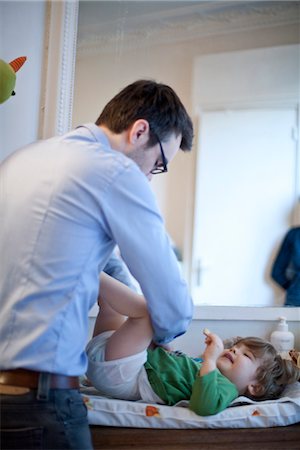
- ✔ SUPER ABSORBENT ADULT DIAPERS- LivDry protective underwear for men and women are so absorbent you may not need to use bed pads. The super absorbent gel core quickly locks fluid away, helps eliminate odors, and keeps you feeling dry.
LivDry are designed for older kids and adults with a waist size of 40 to 54 inches, but their largest size can go up as high as 92 inches. They are soft and extra absorbent, pulling away wetness quickly from the skin. Many LivDry users no longer need to use waterproof bed pads to prevent a wet night.
Attends Overnight Underwear (fits waist 34″ – 44″)
Attends Overnight Underwear
- Super Absorbent Core
- ConfidenceCuff Protection
- Breathable Waistband
- Odor Control
Attends premium overnight underwear can fit waists up to 44 inches and work really well for older kids who may still wet the bed. They offer excellent night time protection, a breathable waistband, and odor control. Although made for adults, depending on the size you are looking for, these are a great alternative for older bedwetters who just want a dry night.
Although made for adults, depending on the size you are looking for, these are a great alternative for older bedwetters who just want a dry night.
How to Make Sure Pull-Ups Fit Properly
You would think that you could simply check the weight limit on a package of pull-ups to find the right size, but there is more to fit than weight. Unfortunately, since every child’s body is unique, the best way to find the right fit is really to just try on different brands. If you know someone who has a supply of a pull-up brand, ask if you can try a pair. You might be able to find samples at your doctor’s office or at school too. When freebies aren’t available, try purchasing the smallest bag available so you won’t be throwing out too many if they don’t fit.
Pull-ups that are too big can sag and cause leaks, while pull-ups that are too small can be uncomfortable and restrict movement. Look at waist and leg fit. You want a snug fit (brands with all-around elastic work best), but you also don’t want to see any marks or lines on your child’s skin.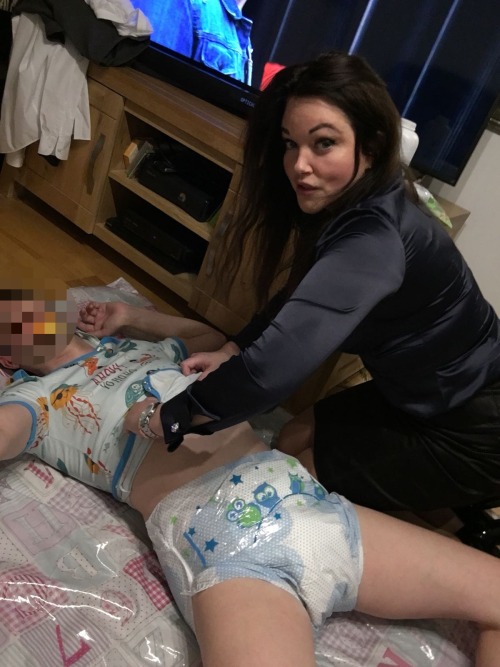
Pro tip: If you do buy multiple brands that don’t fit, don’t throw them all away! I keep a box in the basement with pull-ups we’ve tried that didn’t fit perfectly. I make sure to keep the original packaging so I know the brand and size. I’ve found that as my son grows and his size needs change, it’s very convenient to already have larger pull-ups ready to try on. I can also hand out free pairs to friends when they are looking for a new pull-up brand.
Yes, You Can Get Pull-Ups Covered Through Insurance
If your older child is incontinent due to underlying health issues or disability, insurance will cover the cost of your pull-ups. Generally, insurance companies are more apt to cover disposable diapers over pull-ups, but you can make the argument that pull-ups are medically necessary.
Some families do prefer diapers over pull-ups for their older children with special needs. Diapers can be easier to change without having to remove shoes and pants. However, if you are working on potty training and want to encourage as much independence as possible, then pull-ups are a better choice.
You will need your doctor to write a letter of medical necessity and send a prescription request for medical supplies to your insurance company. Our doctor wrote a very simple letter that states our son’s diagnosis and that he has “urinary incontinence” and that it is “medically necessary” for him “to be provided with Pull-up style diapers.”
In order to make sure our request for pull-ups (and not diapers) was approved, she also wrote:
Additional Comments: This patient is able to walk with assistance and has been enrolled in a toileting program where he is able to pull the pull-up up and down himself. Tape-tab diapers would not allow the patient to continue to have this level of independence and be involved in his own care in this way.
Talk to your doctor about the letter they are writing and make sure they mention these five key points:
- Diagnosis
- Urinary incontinence
- Medically necessary
- Toilet training program
- Continuing a level of independence
Other Options To Help Minimize Mess
No matter how well your pull-ups fit, there will be accidents and messes.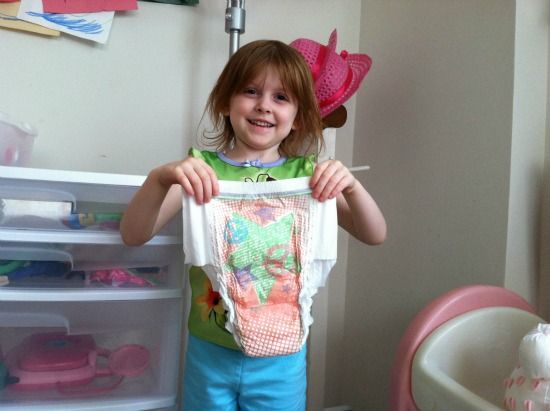 However, there are some items that can help minimize the mess.
However, there are some items that can help minimize the mess.
- Liners and booster pads: Disposable liners or booster pads come with adhesive backing and can be applied to the inside of a pull-up, making them thicker and more absorbent with extra padding.
- Underpads: Underpads are absorbent sheets that can be placed on a stroller or in bed to pick up any leaks. You can find disposable underpads or washable and reusable incontinence pads. We like the reusable ones because they are softer and very waterproof.
- Odor eliminator: If you’ve had a few accidents in the same spot, you may have a lingering stain or odor. There are products that can remove both the stain and urine smell on carpets, fabric, and upholstery.
FAQs
Does it matter if I get pull-ups made for boys or girls?
While we have had some luck personally with unisex pull-ups (for example, we do consider the Curity unisex youth pants to be the best overnight pull-ups), most families we’ve talked to prefer girls training pants for girls and boys training pants for boys.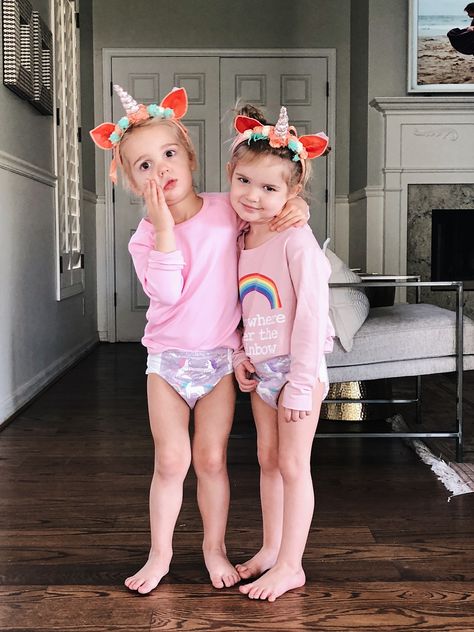 They are often designed slightly differently and will focus the most absorbency in the areas most needed by the different sexes.
They are often designed slightly differently and will focus the most absorbency in the areas most needed by the different sexes.
At what age should I be worried about bedwetting?
Full overnight bladder control takes longer for most children than daytime potty training. Even if your child is able to hold their urine and use the toilet successfully during the day, it is not at all unusual for them to still have accidents at night while sleeping. If you are looking to start nighttime potty training, the best time to start is 6 months after your child is fully potty trained during the day.
That said, most kids can hold their urine at night by age seven, although some kids may not be fully nighttime trained until they are ten or even eleven years old.
Sometimes bedwetting in older children can be a concern. You may want to talk to your child’s pediatrician if your child:
- has been dry at night for a few months and seems to be regressing
- complains of pain while urinating
- seems unusually thirsty
- has discolored urine or hard stools
- has suddenly started snoring as well (this may be a sign of sleep apnea)
Do pull-ups prolong bedwetting?
Some parents worry that wearing pull-ups at night might cause their child to wet the bed for a longer period. There have been many studies done on treatments for nocturnal enuresis (ie bedwetting at night), but few focus specifically on whether children should wear training pants at night.
There have been many studies done on treatments for nocturnal enuresis (ie bedwetting at night), but few focus specifically on whether children should wear training pants at night.
One study does conclude that “timely cessation use of disposable diaper … may shorten the time to nocturnal continence,” but they also add that “prospective cohort studies are needed to verify the discoveries.”
On the other hand, another study shows that sleep quality is significantly improved in children who are heavy wetters at night and are allowed to wear pull-ups. It’s also well known that fewer linen and clothing changes reduce stress in both parents and kids, as well as lowering shame and embarrassment.
Are pull-ups harmful to the environment?
Many disposable diapers and pull-ups contain environmentally harmful chemicals, such as tributyl-tin (TBT), which is considered a pollutant. Disposable pull-ups are also manufactured with fossil-fuel-based plastics, contribute to landfills, and can introduce feces into the groundwater.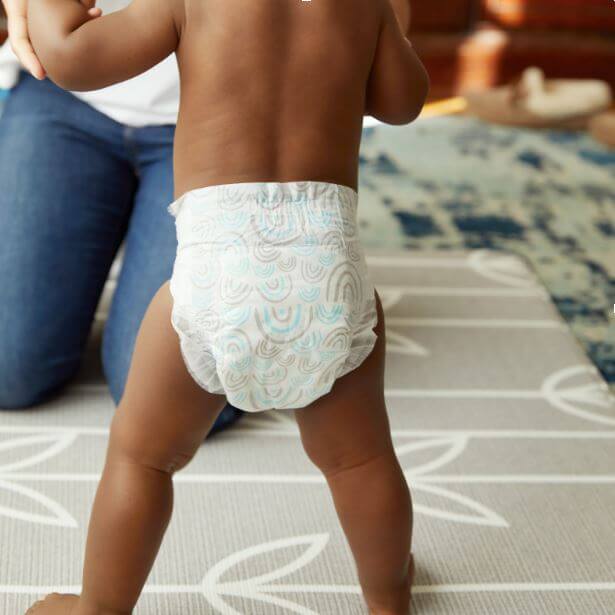
Reusable underwear or cloth diapers may be more environmentally friendly, but also raise their own concerns. Washing diapers takes a lot of water as does growing cotton, the most common material for cloth training pants.
If you are concerned about your climate footprint, but still want to use disposable pull-ups, there are some steps you can take. Look for brands that are free from unnecessary chemicals, like perfumes and dyes. Many brands are trying to make a difference while also providing excellent products. Dyper Bamboo Training Pants, for example, are made from biobased materials and Seventh Generation focuses on renewable manufacturing processes.
Why An Older Kids May Still Need To Wear Diapers
By Ronda Bowen
Share Tweet Share Share Share Email
There are many reasons why an older kid may still need to wear diapers. Here are 5 normal cases where an older kid may still need diapers.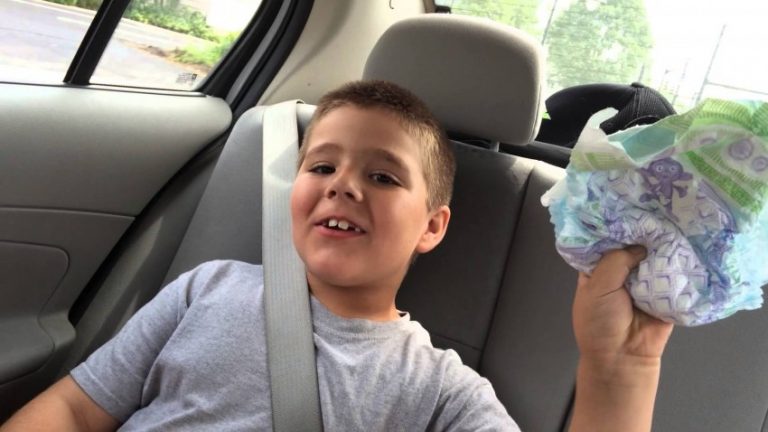
Not every child is ready for saying goodbye to diapers at the same time. Just because you have one child ready for toilet training at one age doesn't mean another child will be ready at the same age. Being late to potty train isn't necessarily a cause for worry or distress. For example, boys tend to be ready to give up diapers later than girls. If you have a child who is not quite responding to potty training at an age that you think they should be responding to it, here is a variety of reasons why they may just not be ready.
RELATED: Why Some Older Children Still Need Diapers
6/6 Your Child Just Isn't Ready
While some children are ready at 18 or 20 months old, others aren't ready until they are three (and in some cases four). Signs that your child is ready to leave diapers behind include fewer wet diapers, predictable bowel movements, broadcasting bodily functions, hating dirty diapers, able to undress and dress themselves, and understanding the language surrounding bathroom use. That's actually quite a list of toilet training readiness signs.
That's actually quite a list of toilet training readiness signs.
There is nothing wrong if your child just isn't ready for potty training. Some experts would even add waking up dry to that list. Many children don't stay dry through the night until they are three, four, or even five years old. By three, your child should be showing signs of potty-training readiness.
Credit: Unsplash/Vitaliy Zalishchyker5/6 You Have A Big Transition Coming
If you are moving soon, going through a divorce or separation, introducing a new child to the family, changing your childcare situation, or have any other transitional event approaching very soon, you might want to hold off on training until after that transition happens. Otherwise, the transition could create anxiety, and anxiety doesn't always but can create delays in the potty training process.
Some children revert developmentally during stressful times. So if you have experienced a significant change, you may need to put your child back in diapers for a short time before moving forward with the potty training process.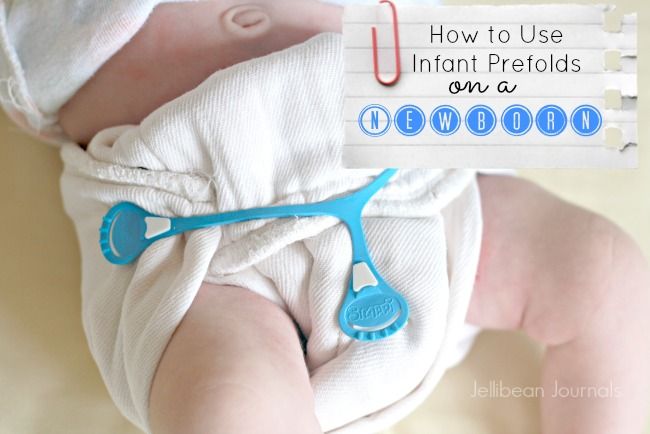
4/6 Your Child Has a Smaller Bladder
Some children have smaller bladders, and because of this, they might have more frequent accidents. It's normal for some children to still need diapers for long car rides or plane rides or during times where they will have limited access to a restroom. Usually, your child will outgrow this by the time he or she is ready for kindergarten. If they do not, then it might be time to seek further evaluation for the behavior.
3/6 Your Child Has Anxiety
Anxiety can make the transition from diapers into underpants difficult. While kids may be comfortable using the toilet at home, using the toilet at daycare, school, or another public place may be anxiety-inducing. Some children may be worried about autoflush toilets. If your child is still needing diapers outside of the home, know that it's common.
Work with your child to find out what the source of anxiety surrounding potty time is - autoflush toilets? Large toilets? Lots of stalls? Once you know what the source is, you can work with your child or with your child and a professional to help make them more comfortable and reduce accidents.
2/6 Your Child Still Wets the Bed
Bedwetting extends past the potty training years. Some children wear diapers to bed long after they've potty trained. If you have a bed wetter, you'll want to rule out health reasons for it. Sometimes it's physical, sometimes it's emotional, and sometimes it might even just be genetic. If a parent was a bedwetter, a child may be a bedwetter.
Know that ten-year-olds can still regularly wet the bed, and that doesn't necessarily indicate that there is something wrong with your child. Overnight diapers can be a solution that helps the child to discretely handle the problem while away from home.
1/6 What to Do When Your Child Isn't Ready to Give Up Diapers
Never shame your child for not being ready for toilet training - no matter what the reasoning is behind the reluctance or difficulty in potty training. This can damage your child's self-esteem, create more anxiety surrounding bathroom difficulties, and prolong the process of saying goodbye to diapers.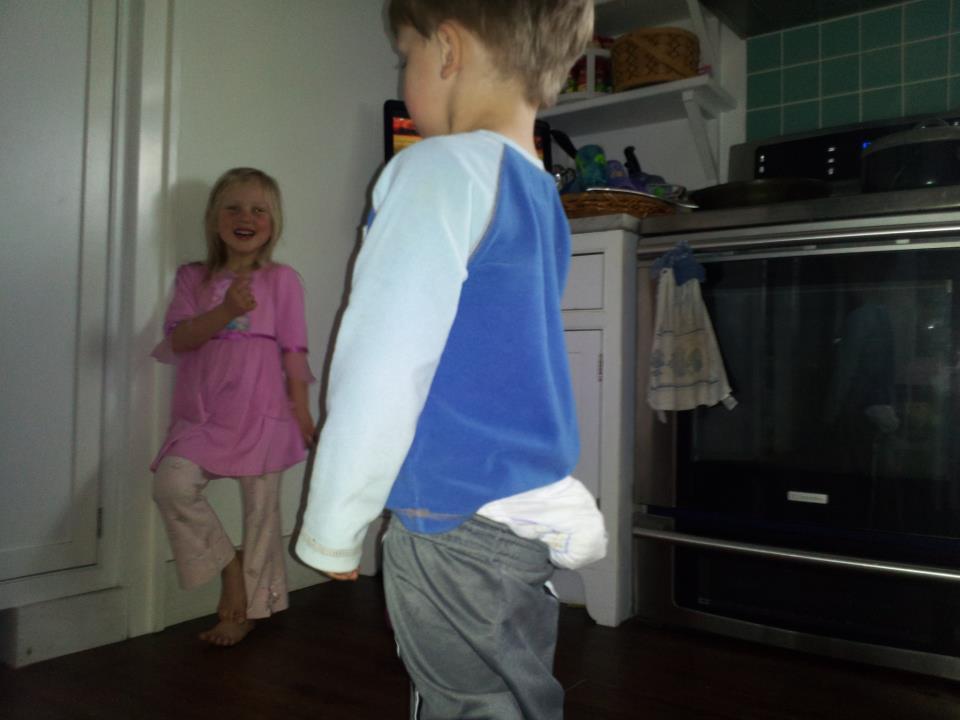 It's better to support your child through the toilet training process with love and understanding.
It's better to support your child through the toilet training process with love and understanding.
Yes, it can be frustrating when your child doesn't seem to want to make this jump, but by taking a step back and having a relaxed approach to the toilet training process you will create a positive environment for this important transition.
NEXT: Help Your Child Choose the Right Musical Instrument
Sources: WhatToExpect, University of Utah
90,000 swaddling of a newborn - whether it is necessary to swaddle a newborn child01/17/2012
184624
205 9000
Calm sleep conditions
0-6 months
Article
Elena Muradova
BabySleep, the first sleep consultant in Russia, author of the BabySleep methodologyMother of three children
There are so many opinions and myths about swaddling, and it is not surprising that young parents are completely confused about whether to use this ancient (the first data about it dates back to the period around 4000 BC) way of caring for a child. And common sense will help us figure it out.
And common sense will help us figure it out.
In this article, I look at swaddling primarily as a time-honored way to improve the sleep of babies from birth to 5-6 months.
0–4 months. Improve sleep in 3 weeks
Swaddle or not?
- Tight swaddling of a baby from birth to 6 months almost around the clock is a relic of the past. At the very least, this interferes with the proper physical development of the child in general and the development of his chest in particular.
- Swaddling a baby who sleeps well at night with his parents or sleeps in his crib at intervals of 3-4 hours (or more) - why? It is often possible to put the baby to bed in normal newborn clothes. In this case, swaddling before going to bed does not make sense.
- Gentle swaddling, when the baby can tighten his legs, for a night sleep (sometimes daytime sleep) of an anxious, excitable baby is definitely worth a try. Especially if the child does not sleep for more than 20–40 minutes, wakes himself up with his hands, sleeps only in his mother’s arms, “walks” at night, suffers from colic (or what mothers think is so similar to colic).
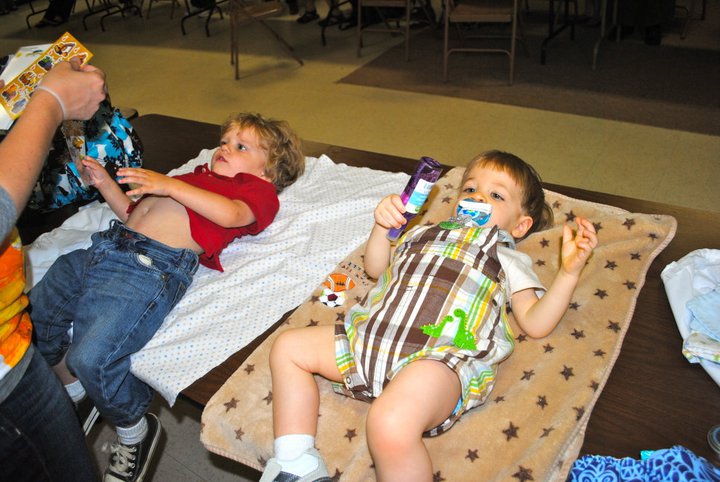
When to swaddle?
Sometimes they are swaddled to sleep from birth, also in order to make the transition from the "usually cramped" mother's tummy to our huge world smoother. Often people come to this method "experientially" - after sleepless nights when the child does not sleep well.
Swaddling as a means of improving sleep works well for the first 3-4 months (“4th trimester of pregnancy”), as the baby is provided with similar conditions - tightness, comfort and security that he had in the womb for a long time. You can quickly calm your baby down if you combine swaddling with other ways to put your baby to sleep - read more in our article on Harvey Karp's "5P System".
Indeed, most babies (especially restless ones) sleep better for the first 4–5 months when swaddled. Usually, starting from 1.5 months, they are able to sleep in periods of 3-4 hours.
Swaddling also helps with the transition to the next stage of sleep, for example, when you can notice the Moro reflex or the so-called “startle reflex”.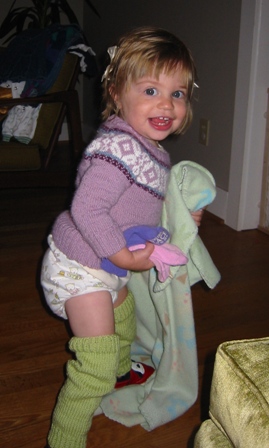 The kid shudders, scatters his arms and legs, twitches and wakes up from this.
The kid shudders, scatters his arms and legs, twitches and wakes up from this.
It has now been established that startling during falling asleep and during the superficial stages of sleep is a natural phenomenon associated with changes in nervous excitability in transitional functional states (from wakefulness to sleep and between stages of sleep), they are called "hypnic myoclonus". In young children, this phenomenon can manifest itself clearly due to the fact that the inhibitory mechanisms of the nervous system are not sufficiently formed, in the future, the severity of shudders will decrease.
How to swaddle?
There are different methods of swaddling: "with handles" - the entire body of the baby is wrapped in a swaddle, "free swaddling", when the child's arms remain "free", "hands only", when the child can freely jerk his legs, with handles "up" (Australian swaddling, when the baby can suck the fist while swaddled), etc. Restless children of the first 4-5 months.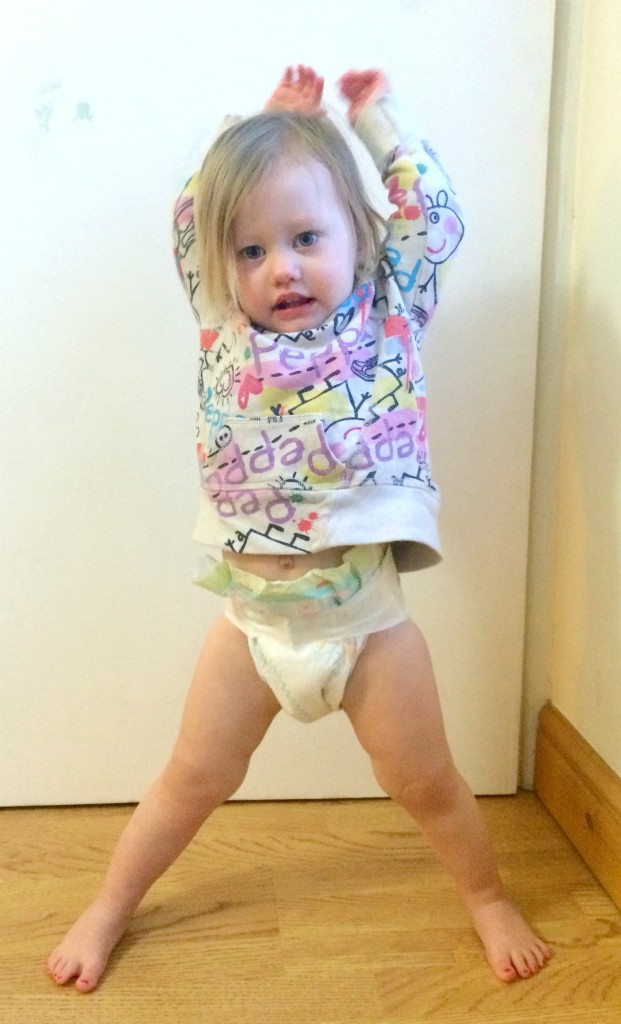 it is better to swaddle “with handles” to enable them to get quality sleep, which is so necessary at this stage of development.
it is better to swaddle “with handles” to enable them to get quality sleep, which is so necessary at this stage of development.
You can swaddle your baby with an ordinary diaper. On our website there is an article with photos of this process.
Recently, however, special diapers have become very popular, helping to wrap the baby quickly, comfortably, and most importantly, correctly (without seams, without squeezing, without straightening the baby's legs). We have prepared an overview of all the most famous brands.
If the baby does not like being swaddled?
Many babies seem to resist being swaddled at first, as if the approach doesn't suit them. Maybe it is so. However, often the reason for "resistance" is that the baby is already tired, "overwalked", and the diaper serves as an additional irritant.
CASE STUDY
The mother of a two-month-old girl was worried that her daughter began to sleep worse during the day: to fall asleep, she needed a lot of help, rocking in the cradle, and after 10-20 minutes she woke up crying and tried to get out of the diaper.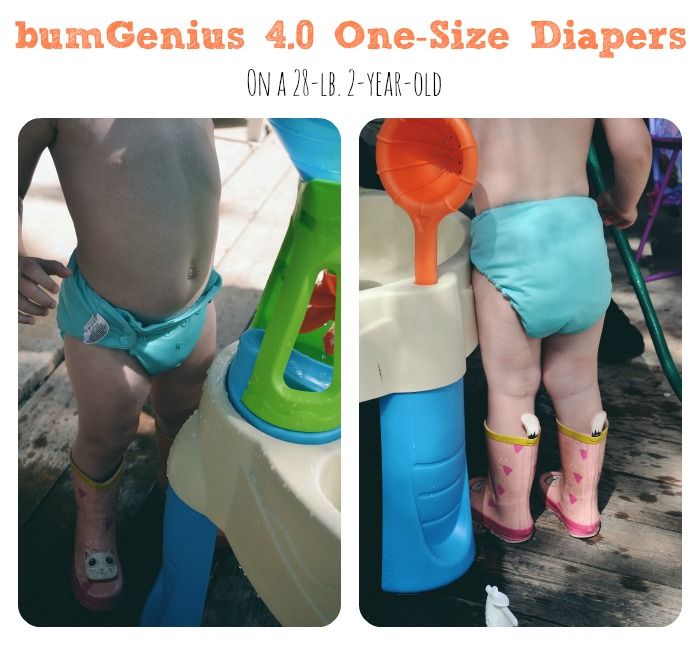 Mom thought that the baby did not like swaddling, and refused it, but the quality of sleep did not improve. Mom decided to get away from motion sickness and organize sleep in a crib, but it was not possible to shift her daughter without tears.
Mom thought that the baby did not like swaddling, and refused it, but the quality of sleep did not improve. Mom decided to get away from motion sickness and organize sleep in a crib, but it was not possible to shift her daughter without tears.
According to the mother, the girl used to like swaddling, she did not resist. This means that the reason for crying is in something else, namely, in missing the “window to sleep”. The girl was going through a second developmental leap, it was important to go to bed a little earlier than usual so that there was no overwork from new experiences. We cut our wake time by 10 minutes and brought back swaddling. The baby began to fall asleep calmly in 5 minutes and sleep a full sleep cycle (40 or more minutes) in a crib without motion sickness.
Valeria Deriy
BabySleep Sleep Consultant
Book a consultation
Some babies calm down when they find a comfortable position, but if the child wants to sleep or eat, it is necessary to satisfy his vital need.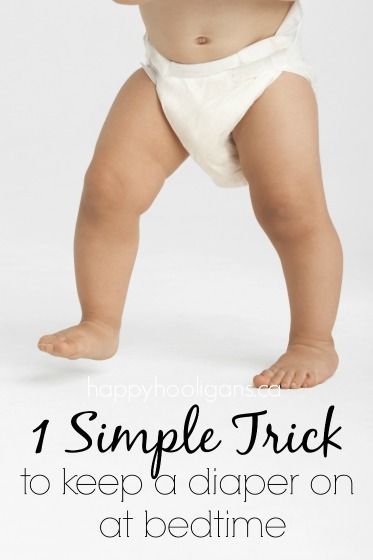 In such a situation, there is no way to find out how the baby reacts to swaddling.
In such a situation, there is no way to find out how the baby reacts to swaddling.
Next time swaddle the baby, put it on the breast, calm it down in the usual way.
Try not to miss signs of fatigue and swaddle your baby BEFORE tears appear (a table of approximate waking times by age can be useful. Learn to swaddle when your baby is in a good mood. Integrate swaddling into a bedtime ritual, and then the baby will take it well.
To adapt, you can show the baby that nothing special is happening, everything is fine, it's just time for sleep. Swaddling, you can soothe the baby with your voice (sing, talk, tell what is happening). Swaddled, you can stroke rhythmically (in time with the rhythm of the heart) or lightly pat and at the same time pronounce the soothing sound “shhhh” (or another sound familiar to the baby to calm down).
CASE STUDY
While working on the sleep of a 2-month-old baby, a mother complained of a sudden worsening of night sleep: her daughter woke up more often at night for two days in a row.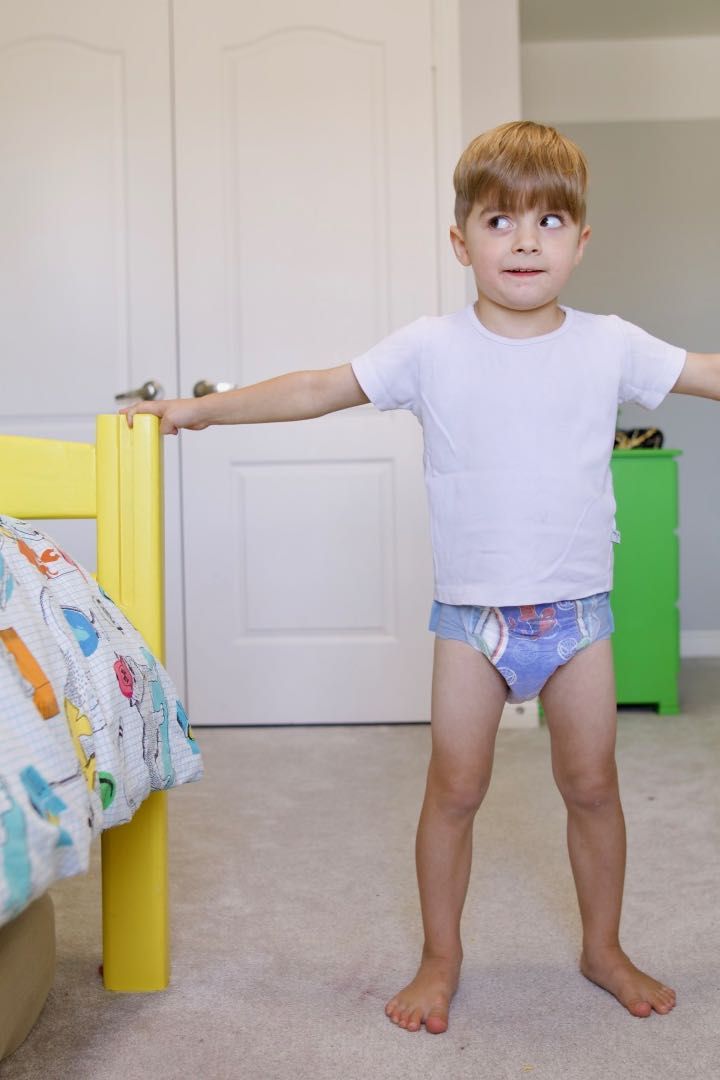 The rhythm of sleep and wakefulness was well matched, so we looked for the cause in sleep conditions. Mom found that the diaper was stretched. Her parents replaced her with a new one, and the girl's sleep improved immediately. It turned out that the old diaper, due to stretching, no longer provided the child with the desired level of comfort.
The rhythm of sleep and wakefulness was well matched, so we looked for the cause in sleep conditions. Mom found that the diaper was stretched. Her parents replaced her with a new one, and the girl's sleep improved immediately. It turned out that the old diaper, due to stretching, no longer provided the child with the desired level of comfort.
Alena Rubanovich
Senior Sleep Consultant BabySleep
Swaddling. Safety instructions
- The diaper should not “squeeze” the baby.
- Watch out for overheating. Do not cover the child with an extra blanket "just in case". Observe the optimum temperature in the room (not higher than +22).
- Do not place any objects on the bed. Make sure that nothing covers the child's head.
- Put your baby to sleep on their back. It is not recommended to swaddle babies who sleep on their stomachs.
- The baby's legs should NOT be swaddled tightly together.
I will dwell a little more on the last point.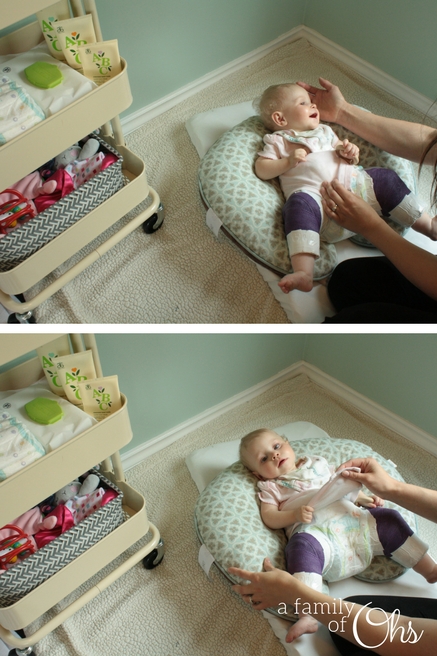 In 1965, tight swaddling was widely used in Japan, in which the baby's legs were brought together and pressed tightly against each other. At the same time, doctors noted the high frequency of the diagnosis of "hip dysplasia" and began to recommend mothers "to avoid prolonged straightening of the legs in children during the neonatal period." Shortly thereafter, experts noted a significant decrease in the incidence of dysplasia (Academy of Pediatrics study edited by Van Sleven [1]).
In 1965, tight swaddling was widely used in Japan, in which the baby's legs were brought together and pressed tightly against each other. At the same time, doctors noted the high frequency of the diagnosis of "hip dysplasia" and began to recommend mothers "to avoid prolonged straightening of the legs in children during the neonatal period." Shortly thereafter, experts noted a significant decrease in the incidence of dysplasia (Academy of Pediatrics study edited by Van Sleven [1]).
Russian orthopedists actively support this opinion. And they refute the myth that "without tight swaddling, the child will have crooked legs." Doctors recommend “wide swaddling” as a prevention of congenital dislocation of the hip.
Children like to be wrapped tightly, but the straightening of the legs does not match their reflex tendency to bend and spread the legs wide. This baby is swaddled freely, his legs are not straightened by swaddling.
How long can I swaddle?
Usually the need for swaddling fades by 5-6 months, but in practice we often leave (or bring back) swaddling for highly sensitive and excitable babies until 7-8 months or even longer.
There is nothing wrong with swaddling your baby until the baby learns to unwrap himself.
Poll
Who, apart from mother, can put your baby to bed?
(you can choose one or more options)
- Male
- Grandmother
- Any member of the family
- Nanny
- Nobody, only mother
Voted: 11993
How to avoid swaddling?
The most common method is the "gradual weaning" method . First, you “let go of the free swimming” of the legs. Then one pen, and after a few days - remove the diaper.
Some people prefer to start "with the handles" - release one, after a few days - the second. And when the baby has learned to sleep and not disturb himself with his hands, remove the diaper.
Realistic expectations will help you get in the right mood. Get ready for a week (two) of "perestroika". A child who has been helped to stay awake for several months will need time to learn to control his body at night.
A child who has been helped to stay awake for several months will need time to learn to control his body at night.
Try to organize your sleep so that you don't have to get up and run somewhere at night. Use the usual methods of calming: "patting - hissing", GV, voice, touch and others.
For parents, these changes are not easy: swaddled babies wake up 1-2 times a night, and without a diaper, a baby will wake up (or signal) 4-8 times the first night. Over time, the baby gets used to new sensations.
What helps : Have a set bedtime, fall asleep skills, bedtime ritual, comforting habits, favorite “protector toy”.
If your baby has not yet outgrown the “hands up” reflex, you will have a particularly difficult time. Perhaps in this case, you should continue swaddling for a few more weeks, and then try to “undress” again. Babies develop so rapidly in their first year of life, and what didn't work recently may be successful in a few weeks.
Parents of restless babies often remember the months of swaddling as a time of "long sleep". Consider this way to improve sleep, it might work for your family too.
I wish you good sleep!
Share in the comments: do you swaddle your baby in order to improve the quality of sleep? For how long? How did you get away from swaddling? (2007) Swaddling: a systematic review. Pediatrics, 120(4), e1097–e1106. https://doi.org/10.1542/peds.2006–2083
#swaddling
184624
', nextArrow: '', responsive: [{breakpoint: 1199, settings: {arrows: !1, infinite: !1, slidesToShow: 1}}] }) })why and up to what age swaddling is needed
Daniil Davydov
medical journalist
Author profile
According to experts from the American Academy of Pediatrics, postpartum swaddling calms the baby and reduces the risk of sudden infant death syndrome, or SIDS.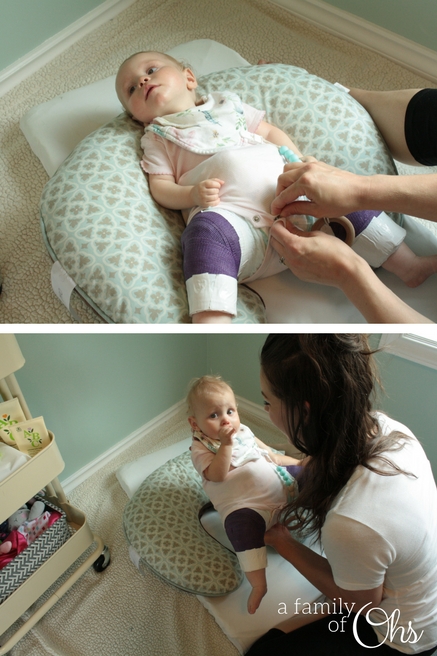
But so that the benefits do not outweigh the harm, you need to swaddle children correctly - and abandon this practice as soon as the child begins to roll over. This usually happens at 2-4 months of age.
Go see a doctor
Our articles are written with love for evidence-based medicine. We refer to authoritative sources and go to doctors with a good reputation for comments. But remember: the responsibility for your health lies with you and your doctor. We don't write prescriptions, we make recommendations. Relying on our point of view or not is up to you.
Why swaddling is considered beneficial
Pediatricians have two arguments in favor of baby swaddling.
Swaddled babies sleep better. Infant swaddling soothes babies, and because the baby is less anxious, he falls asleep more easily. The researchers suggest that this is because the pressure of the diaper reminds the child of the sensations that he experienced even before birth, that is, in a calm and safe mother's womb.
Why Swaddling Calms Your Baby - Harvard Medical School
Swaddled baby sleeps longer and wakes up less often - American Academy of Pediatrics, AAP
Swaddling reduces the risk of SIDS. Sudden Infant Death Syndrome, or SIDS, is the sudden, unexpected, and unexplained death of an apparently healthy infant.
What is SIDS - Mayo Clinic
The cause of this condition is still unknown, but scientists suspect that it may be a violation of the structure of the brain area that controls breathing during sleep. Similar problems often occur in premature babies, whose nervous system has not had time to mature to the end, and in children with congenital neurological disorders.
In addition to congenital disorders in the respiratory center, SIDS has other risk factors. Swaddling helps eliminate at least one of them - sleeping on your stomach or on your side. The respiratory muscles in infants are still very weak, so it is harder for the child to breathe in such positions.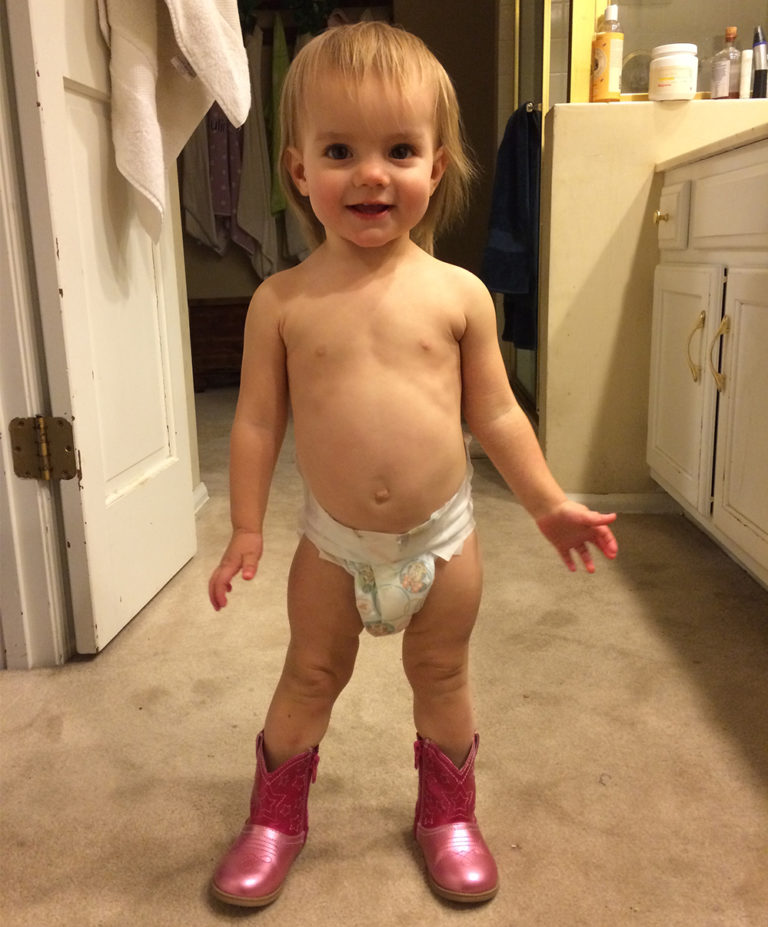 If he has other risk factors for SIDS, sleeping in a dangerous position increases the risk of respiratory arrest. A swaddled baby who is put to sleep on his back will not be able to accidentally roll over onto his back or stomach, and this reduces the likelihood that he will suffocate.
If he has other risk factors for SIDS, sleeping in a dangerous position increases the risk of respiratory arrest. A swaddled baby who is put to sleep on his back will not be able to accidentally roll over onto his back or stomach, and this reduces the likelihood that he will suffocate.
SIDS and other sleep-related infant deaths - AAP guidelines
What are the risks of swaddling? Babies do not yet know how to sweat as profusely as adults, so their bodies heat up much faster. The temperature that an adult can tolerate without damage to health can lead to a baby's heat stroke - up to and including fatal brain damage.
The dangers of overheating for babies - National Institute of Child Health
How to Avoid Baby Overheating - National Institutes of Health, NIH
To avoid overheating, it is recommended to keep baby's rooms between 16-20°C. Although it may seem too cold for an adult accustomed to central heating, for a child who does not yet know how to sweat, this temperature is optimal.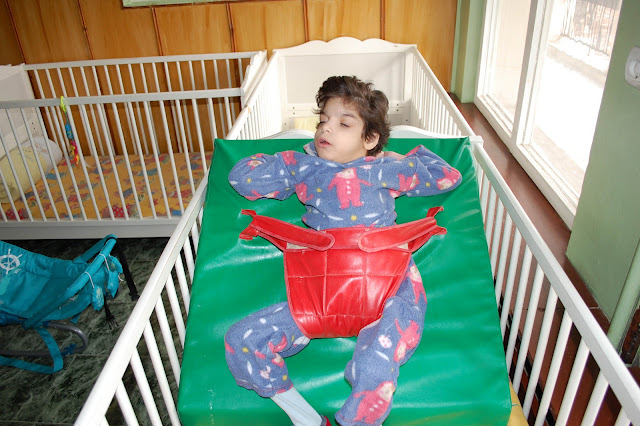
To prevent the baby from overheating in too warm underwear, it is recommended to follow one of two strategies:
- Only wear one layer of clothing per child. That is, the child should sleep either in baby clothes or in a diaper, but not in both at the same time. If the baby is hot, his cheeks are red, and his forehead and hair are damp, he is too hot.
- Instead of a diaper, use a blanket tucked under the mattress. This method is suitable if parents want a dressed child to sleep better. The baby will not overheat if you put him closer to the foot of the bed, cover him with a blanket no higher than chest level and tuck the ends of the blanket under the mattress. Covering a child with a loose blanket, that is, not tucked under the mattress, is life-threatening.
How to protect your baby during sleep: 9 rules for parents
How to put your baby to sleep. The child sleeps only in a diaper, without clothes and blankets. Photo: Dmitry Naumov / Shutterstock The child sleeps in clothes, without a blanket and without a diaper. Photo: Glandwr / iStock Photo: Glandwr / iStock | The child sleeps in clothes, with a blanket, but without a diaper. Photo: Instagram account teona.vit |
Up to what age is it recommended to swaddle babies. You can swaddle until the baby has learned to roll over. On average, this happens at the age of two months. But some babies begin to roll over as early as a month or, conversely, do not roll over until four months. Therefore, in order not to miss the moment when you need to stop swaddling, it is important to monitor the physical development of the child.
If the baby has already learned to roll over, swaddling does not reduce, but increases the risk of SIDS. If a swaddled baby rolls over on his stomach or on his side, then in diapers it will be difficult for him to turn on his back.
Swaddling is a risk factor for SIDS for a baby older than two months - a guide for doctors Uptodate
How to swaddle your baby correctly
Can there be consequences for improper swaddling.